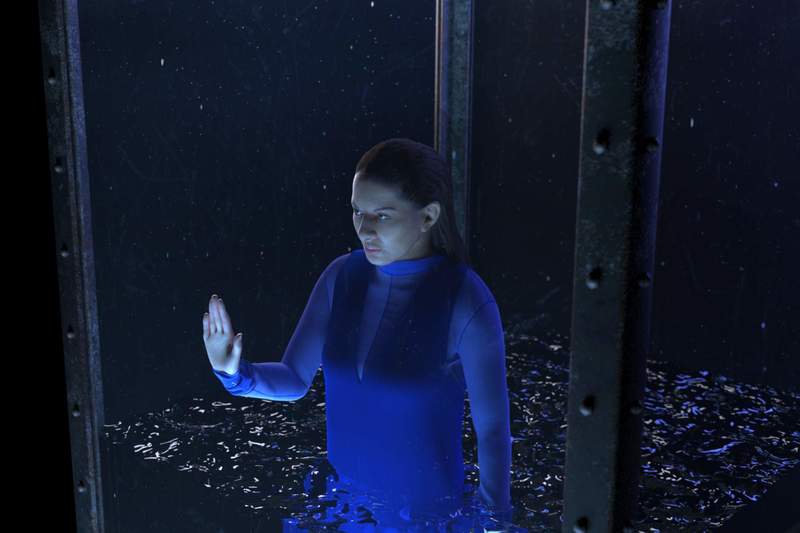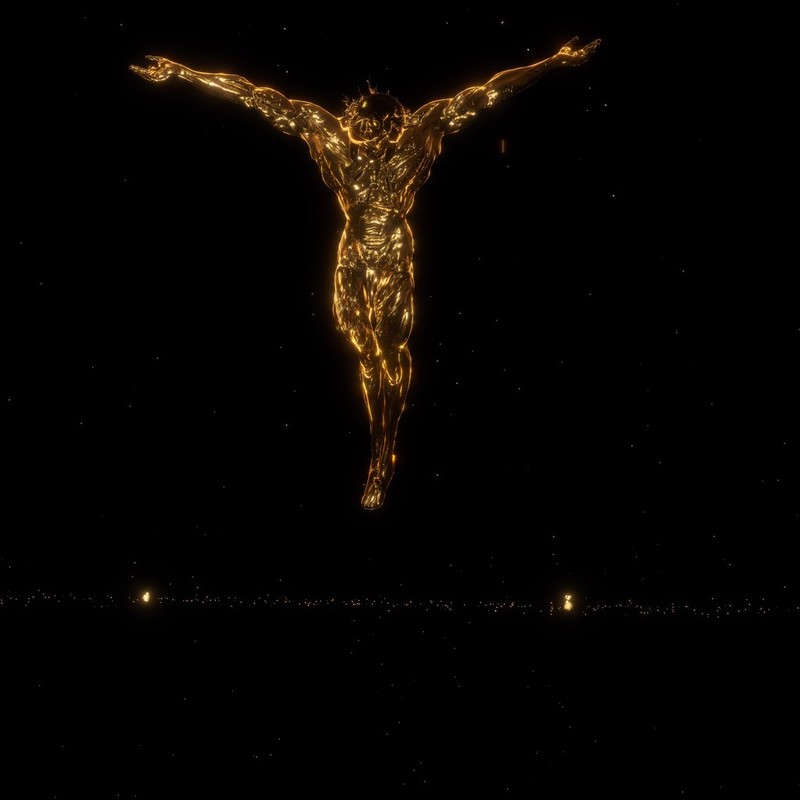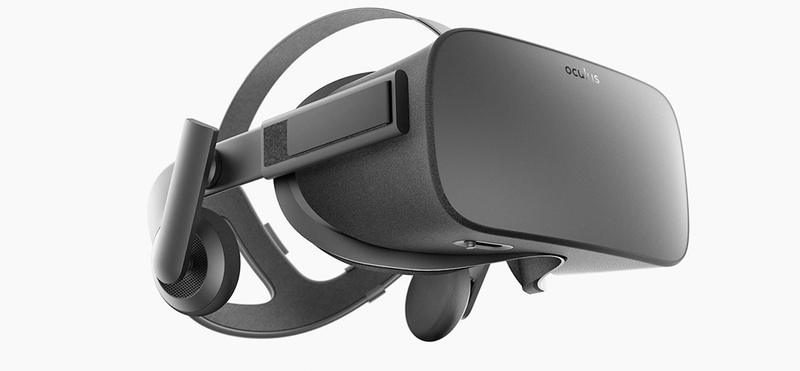What VR Means for Artists, Galleries and the Art Market
What is VR?
Virtual reality (VR) devices are now popular accessories worldwide. The technology was established in the 1990s, rising to prominence in recent years. VR experiences are enabled through a headset that displays a panoramic field of vision. The visuals move in synchrony with the user’s own movement, thereby distorting their perspective and creating the effect of situating the user within a virtual reality.
How does VR work?
The headsets have two small screens – one for each eye. Similarly to 3D glasses, each shows a slightly different picture. There are lenses placed between the user’s eyes and the pixels on the screen, which focus and reshape the picture for each eye by angling the two 2D images to mimic the microscopic nuances of how the eyes let in light differently. This process creates a stereoscopic 3D image.
The headset also has a gyroscope built in that tracks how you move your head, making it seem like you are moving around a virtual space. The result is an immersive experience whereby the user, only able to see a feed from a headset, blocking out the real world, is transported into an alternate reality.
How is VR used by artists?
To little surprise, it has been VR’s integration with the gaming industry that has seen its popularity grow most substantially. However, VR technologies are used for many other purposes such as in retail, military, education and art.
VR can be an exciting opportunity for artists. The immersive nature of the technology, which allows the artist to embody the viewer within their work, creates a truly phenomenological experience. This provides artists with a highly powerful tool for communication. If the purpose of art is to alter our perception of the world, VR does this in the most literal sense.
Marina Abramović

Marina Abramović, Still from Rising, 2017. Image courtesy of the artist.
Marina Abramović recently embraced VR. She exhibited her latest use of the medium at both the Royal Academy of Arts and Art Basel Hong Kong. Abramović’s Rising, transports the viewer into a bleak, polar landscape and then face-to-face with the artist’s avatar, which appears trapped within a glass vitrine. By deciding whether or not to vow to care for the planet, the viewer determines if the water in the vitrine rises above the artist’s head. If they do, the water level drops. If not, the avatar drowns. This intense (and macabre) interactivity forces the viewer to contemplate the dangers facing the planet from the threat of global warming.
Click here to see a short video on how Rising was made.
Augmented Reality (AR)
AR is another technology currently enjoying commercial success. Unlike VR, AR superimposes computer-generated virtual objects into the real world (think Pokémon Go – an app that uses smartphone cameras to place Pokémon in the user’s real-life environment). Recently, Snapchat released their AR art platform, which featured a virtual sculpture by Jeff Koons and a call to artists globally to submit their own works to the platform. Somewhat comically, the Koons sculpture was later vandalized with virtual graffiti.
How do I buy a piece of VR artwork?
VR is not yet fully established in the art market; neither Christie’s nor Sotheby’s have sold VR work. Unlike traditional forms of art, virtual reality pieces are infinitely replicable. In a basic sense, they are simple digital files that can be experienced by anyone with a headset (or indeed a smartphone). Alongside this, VR art is experiential rather than tangible. In this sense – and mirroring the radical video and performance art of the late 1960s and 70s – VR challenges traditional art practices and the conventions of the art market. Yet, like those once radical, institutionally critical art movements, VR art may also grow to assume a canonised status in art history and become widely accessible on the art market.
Like video and performance art, galleries create a market for VR art based on scarcity, restricting supply with some artists choosing to create limited-editions accompanied by a certification of authenticity. In this case, there would be restrictions attached to the sale. For example, the buyer cannot make or distribute any representations of it; the buyer cannot loan it out without the artist’s consent. The artist must be consulted before the piece is displayed publicly.
Christian Lemmerz
German-Danish artist Christian Lemmerz created a piece of VR art that was exhibited by the Faurschou Foundation in Venice. The artwork, titled La Apparizione, was presented in a three-by-three meter room. The viewer, once inside the room, puts on a headset and is transported to into outer space, with a levitating golden Jesus in the centre. Whilst La Apparizione is not able to be hung like a more traditional artwork, it remains sellable. The artist released five editions costing around $100,000 each.

Christian Lemmerz, Still from La Apparizione, 2017. Image courtesy of the artist.
Of course, the danger with any digital based file is that it is possible to pirate. However, due to the value of digital artwork, there are advanced technologies in place to stop this from happening such as blockchain tracking and watermarking.
What hardware is available?
Hardware is another new consideration for selling VR art. Often a headset is included in the price of the work. HTC Vive and the Oculus Rift are the front-runner headsets in this industry, costing around £400 each. However, other companies such as Google have created low budget, cardboard headsets that allow for a rudimentary VR experience using your smartphone. These can cost as little as £5.

Oculus Rift Virtual Reality Headset. Image courtesy of Amazon.
Interestingly, there are noteworthy advancements in the marketing of VR art that perhaps demonstrate a shift in the digital art market. Acute Art is a smartphone app that is free to download, which allows you to access VR and AR art on your phone using Google Cardboard. Artworks are free with a membership scheme in place that costs an annual fee of £23 to access premium content. Current artists involved with the app include Christo & Jeanne-Claude, Marina Abramovic, and Olafur Eliasson to name a few.
The subscription model
The development of this app could suggest a shift in the economy from ownership to access and experience. The subscription model is a booming sector with the market growing more than 100% a year. Music is now accessed through a subscription to Spotify, books through Amazon Kindle, film and tv through Netflix. Subscription based gaming sites threaten to do the same to the game industry. This poses the question: could the future of the digital art market be subscription based too?
Cover image: Olafur Eliasson, Still from Rainbow, 2017. Image courtesy the artist.
Author: Sara Lavelle

